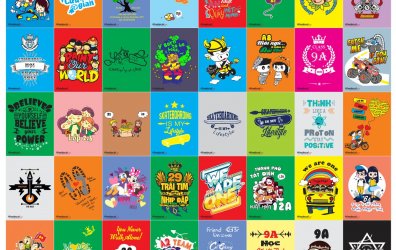S
services
Color prediction is an exciting and engaging activity that combines elements of probability, psychology, and data analysis. Whether for gaming, marketing, design, or scientific research, color prediction accuracy can be a valuable skill. This guide explores the fundamentals of color prediction, techniques, tools, and real-world applications.
The Science Behind Colors
1. Understanding the Color Spectrum
Colors are part of the visible light spectrum, ranging from red to violet. The human eye perceives colors based on wavelengths:
Different systems represent colors in various ways:
How Color Prediction Works
1. Random vs. Pattern-Based Prediction
Popular Color Prediction Games and Apps
Several platforms allow users to predict colors for entertainment or rewards:
Tools for Accurate Color Prediction
Real-World Applications of Color Prediction
Challenges in Color Prediction
Conclusion: The Future of Color Prediction
Color prediction is evolving with advancements in AI and big data. While luck plays a role in games, structured analysis improves accuracy in professional fields. As technology progresses, we can expect even more precise color forecasting tools, revolutionizing industries like design, marketing, and entertainment.
The Science Behind Colors
1. Understanding the Color Spectrum
Colors are part of the visible light spectrum, ranging from red to violet. The human eye perceives colors based on wavelengths:
- Red : 620–750 nm
- Green : 495–570 nm
- Blue : 450–495 nm
Different systems represent colors in various ways:
- RGB (Red, Green, Blue) : Used in digital displays.
- CMYK (Cyan, Magenta, Yellow, Black) : Used in printing.
- HSV (Hue, Saturation, Value) : Useful for color selection.
How Color Prediction Works
1. Random vs. Pattern-Based Prediction
- Random Prediction : Guessing without logic (eg, lottery-style games).
- Pattern-Based Prediction : Using trends, algorithms, or historical data.
- Probability Theory : Calculating chances of a color appearing.
- Machine Learning : Training AI to predict based on past data.
- Human bias (eg, preferring red over blue).
- Cultural influences on color choices.
Popular Color Prediction Games and Apps
Several platforms allow users to predict colors for entertainment or rewards:
- Lucky Color Win – A mobile-based prediction game.
- Dream11 Color Prediction – Fantasy sports with color challenges.
- RummyCircle's Color Matches – Card games with color-based outcomes.
Tools for Accurate Color Prediction
| Tools | Purpose |
|---|---|
| Adobe Color Wheel | Helps in selecting harmonious colors |
| ColorHexa | Provides color codes and predictions |
| Random Color Generators | Useful for unbiased selections |
Real-World Applications of Color Prediction
- Marketing & Branding – Predicting trending colors for ads.
- Fashion Industry – Forecasting next season's popular shades.
- Interior Design – Choosing wall colors based on trends.
- Traffic Light Systems – Optimizing signal timings using AI.
Challenges in Color Prediction
- Subjectivity : Personal preferences affect accuracy.
- Changing Trends : Colors go in and out of fashion.
- Data Limitations : Incomplete datasets reduce prediction reliability.
Conclusion: The Future of Color Prediction
Color prediction is evolving with advancements in AI and big data. While luck plays a role in games, structured analysis improves accuracy in professional fields. As technology progresses, we can expect even more precise color forecasting tools, revolutionizing industries like design, marketing, and entertainment.




